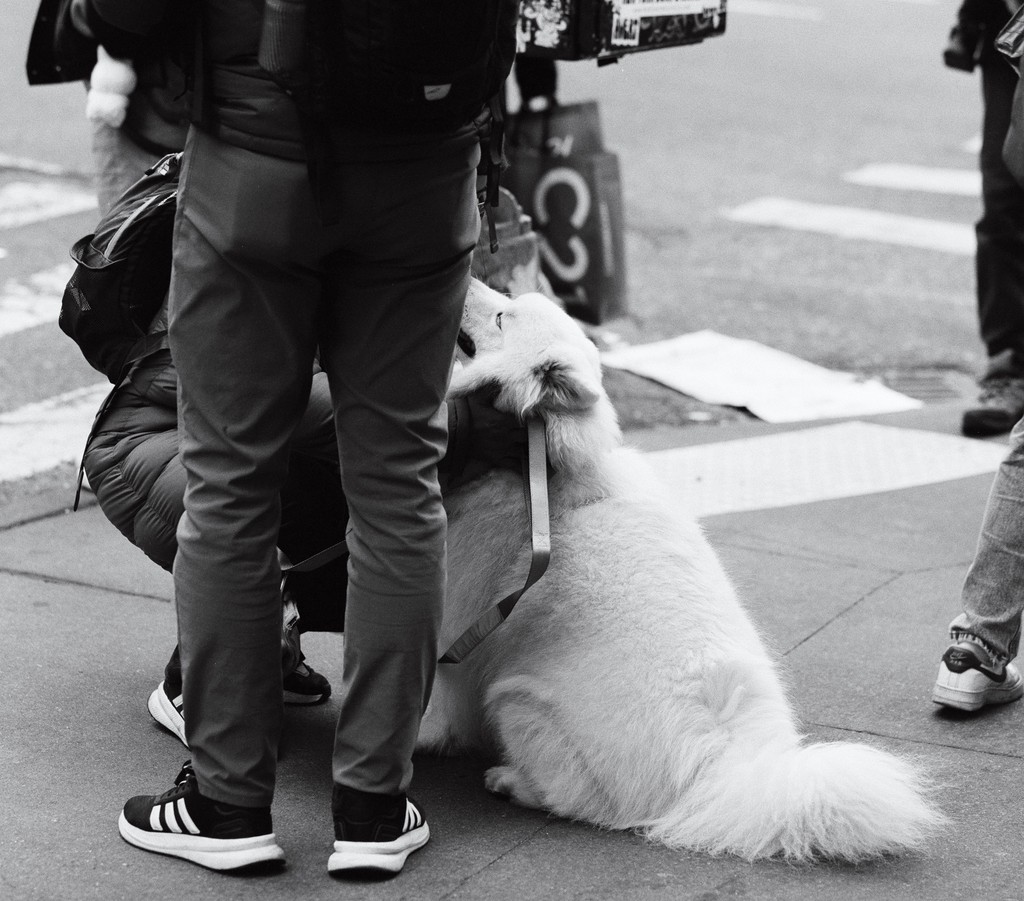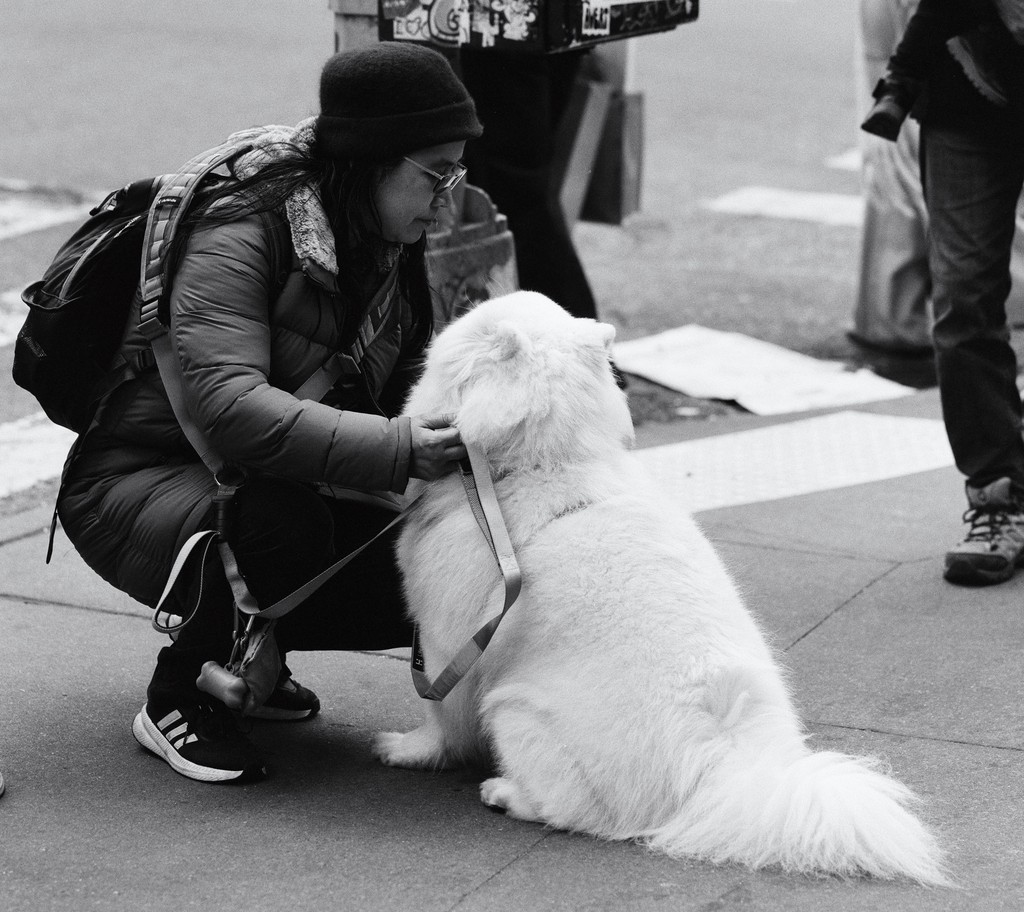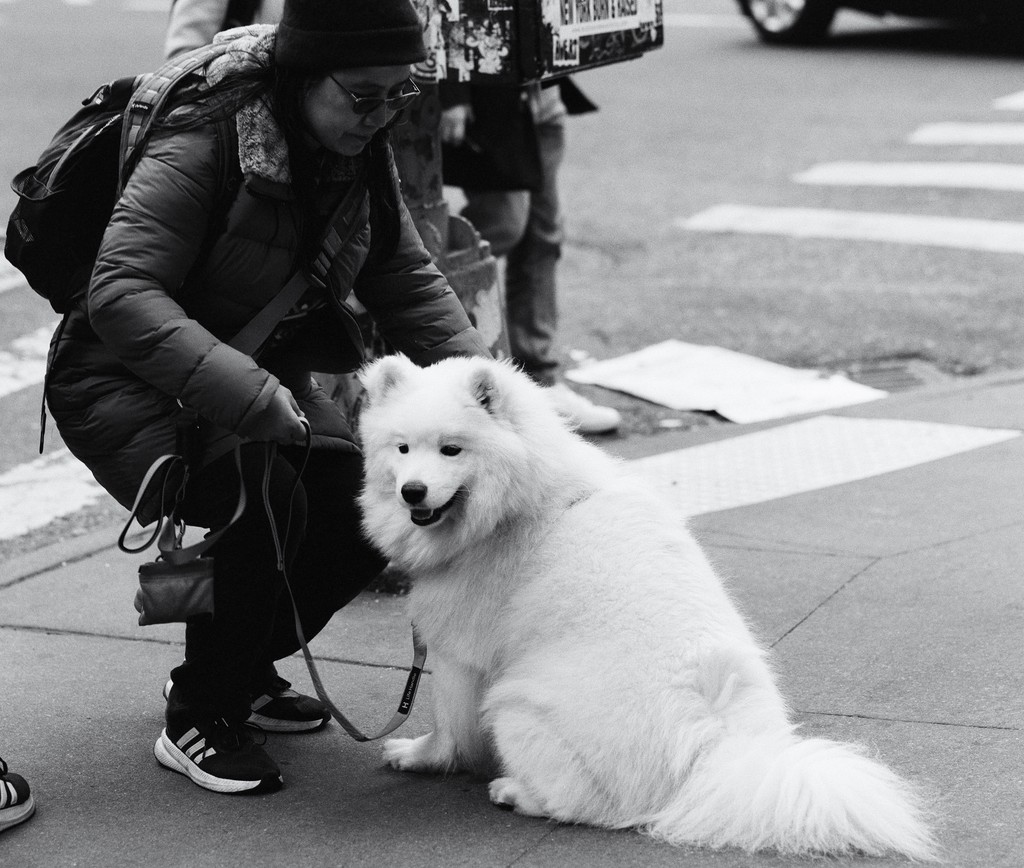Taking Pleasure in Others' Success
Table of Contents
There’s a TV show called Love on the Spectrum. It’s one of my favourite TV shows–for a number of reasons–but I think the reason I like it so much is that I really want to see everyone on the show succeed. And it feels really good when they do succeed, often bringing tears.
If you aren’t familiar with it, the show is a documentary series about people on the autistic spectrum (to varying degrees) who are trying to find romantic partners. It’s not a gameshow, there’s no prize at the end, the producers of the series simply document the lives of these people. I think there’s definitely some help from the producers (for finding dates, providing dating advice, and so forth), but for the most part they don’t interfere (or so it seems). Granted, the people on the show have become celebrities to some degree, so I don’t think it’s difficult for them to find dates, but that doesn’t really change much about the challenge of dating with autism.
The Temptation of Tearing Others Down #
It’s a strange human tendency, but many of us, myself included sometimes, can find a peculiar sort of satisfaction when others stumble or fail. This feeling, often called Schadenfreude, seems particularly strong when directed towards people we dislike or perhaps envy. While the feeling might provide a fleeting sense of superiority, it often leaves a bitter aftertaste.
This tendency manifests clearly online. Entire communities sometimes spring up, dedicated to dissecting the lives and perceived flaws of public figures or even ordinary people. Gossip, criticism, and negativity can become consuming, creating echo chambers where tearing others down feels like a bonding activity. Similarly, some online dating-related groups can devolve into platforms for public shaming rather than support. Research suggests that excessive exposure to this kind of online negativity and gossip can significantly harm mental well-being, increasing anxiety, depression, and eroding social trust.1
Even mainstream media can fall into this pattern, focusing heavily on the perceived wrongdoings of certain individuals. While holding people accountable is important, the constant stream of negativity directed at public figures can feel less like news and more like a collective obsession with disapproval. It raises the question: does dwelling on others’ flaws actually make us feel better or improve anything?
The Science Behind the Negativity #
Why do we sometimes take pleasure in others’ misfortune or get drawn into negativity? The feeling of joy when seeing others fail, known as Schadenfreude, isn’t just a quirky personality trait; it activates reward centers in our brains, particularly when the misfortune happens to someone we envy or perceive as a rival.2 Interestingly, this response can be stronger in individuals with lower self-esteem, perhaps as a way to temporarily feel better about oneself through social comparison.3
(Guilty as charged.)
Adding to this is our brain’s inherent “negativity bias.” Evolutionarily, paying attention to threats and negative events was crucial for survival. As a result, negative experiences often have a stronger psychological impact than positive or neutral ones. This bias can make online negativity, gossip, and criticism feel particularly potent and draw us in more easily than positive content.1 It’s worth remembering that often it’s never as bad as it seems.
Choosing Joy Instead #
I’m tired of the negativity that often permeates online spaces. It’s easy to get drawn into the outrage cycle–it’s often designed to be alluring (click that bait, sell those ads). I’ve made a conscious effort to recognize when I’m getting pulled into that vortex and step back. For me, this means limiting exposure to constant news cycles–research consistently links high consumption of negative news to increased anxiety, stress, and symptoms of depression4–and curating my online experience to focus on more constructive or informative content. There’s still value to be found, but it requires navigating carefully.
This brings me back to Love on the Spectrum. The show resonates deeply, partly because the participants’ struggles often feel incredibly relatable. Like many, I find connecting with others challenging, and the vulnerability shown on screen is striking. But the most powerful aspect is the genuine joy I feel witnessing their successes.
The participants are authentic, courageous, and put themselves out there not for fame, but with a sincere desire to find connection and love. Seeing them navigate challenges and achieve moments of happiness is genuinely uplifting. It’s a powerful reminder that celebrating others’ victories can bring immense satisfaction. This feeling of finding joy in others’ success, sometimes called “compersion,” is essentially the opposite of Schadenfreude. Actively cultivating it can strengthen social bonds and even improve our own sense of well-being.5
What is Love, Anyway? #
My own path hasn’t led to the kind of romantic love seen on the show, and perhaps it never will. But romance is just one facet of love’s spectrum, and perhaps redefining success is part of the journey.
Love means different things to different people. There’s often a focus on receiving love, as if it’s something we’re owed or that should simply happen to us. Many wait to be swept off their feet, wanting to be passengers rather than active participants in creating loving connections. You complain about your “bad dates”, while failing to acknowledge that you are 50% of the date. While that might work for some, building love often requires effort, intention, work, compromise. Psychological perspectives actually emphasize love as an active process of giving–through kindness, effort, and thoughtful actions–which is strongly linked to the giver’s own happiness and fulfillment.6
Consider the love shared with pets. My dogs, for example, offer incredible affection, but our bond isn’t entirely unconditional. It’s built on mutual care: I provide food, walks, and attention, and they return it with a loyalty and warmth that’s hard to describe.
Perhaps true commitment involves embracing the less glamorous parts of caring for another being–like cleaning up after them daily without complaint. It requires setting aside pride and selfishness. This act of consistent, selfless care is a profound form of giving love. Caring for animals often requires this kind of selfless attention, and the human-animal bond built through such empathetic interactions can foster greater compassion and prosocial behavior more broadly.7
Ultimately, real love might be about seeing someone clearly, accepting them fully–flaws and all–in the present moment. It’s the opposite of pretending to care while secretly wishing they were different. And sometimes, love means making difficult choices, like letting someone go when you know deep down that the connection isn’t right.
Give Love, Especially When It’s Hard #
Watching Love on the Spectrum is satisfying because seeing people overcome odds to find happiness offers hope. Even if I face my own struggles in finding a partner (or simply getting a date), knowing that success is possible for others feels good. Celebrating their wins becomes a source of joy in itself. This act of celebrating others fosters connection and counteracts the negativity bias that can sometimes dominate our attention.5
Giving is often harder than receiving; creating is harder than consuming. Giving love is an act of creation, while passively waiting to receive it is consumption. This doesn’t diminish the importance of being loved, but highlights the active, often challenging, nature of truly giving love.6 Research suggests that engaging in acts of kindness and focusing on others’ well-being (forms of giving love) can significantly boost our own happiness and life satisfaction.
People express and perceive love differently. While concepts like the “5 Love Languages” might oversimplify things, they serve as a useful metaphor: understanding and connection require learning to speak and recognize each other’s unique ways of showing care ( learning to listen first is key). It’s a nuanced dance, not a simple checklist.
The beautiful thing about giving love is its accessibility. It’s available to offer anywhere, anytime. It doesn’t necessitate grand gestures or constant declarations. Often, the simplest starting point is choosing not to hate.
Hate is love’s corrosive opposite. We often dispense negativity freely while struggling to express warmth or appreciation. Choosing love, empathy, and celebration over cynicism and criticism is the harder, but ultimately more rewarding, path. Instead of getting consumed by distant figures or online dramas we can’t control, perhaps the best use of our energy is to cultivate love and positivity in our immediate surroundings–within our communities, families, and friendships, contributing positively where we can. Focusing locally fosters a sense of empowerment and connection, directly benefiting our well-being in ways that dwelling on large-scale negativity often doesn’t.8
It’s easier said than done, of course. It’s a practice, and like any practice, it requires ongoing effort. I know I’m still working on it.
Research suggests that excessive exposure to online negativity, gossip, and passive social media use can harm mental well-being, increasing anxiety, depression, and potentially eroding social trust. See: Seabrook, E.M., Kern, M.L. & Rickard, N.S. (2016). Social Networking Sites, Depression, and Anxiety: A Systematic Review. JMIR Mental Health, 3(4):e50. ↩︎ ↩︎
Neuroimaging studies show activation in reward-related areas like the ventral striatum when experiencing Schadenfreude, especially towards envied targets. See: Takahashi, H., Kato, M., Matsuura, M., Mobbs, D., Suhara, T., & Okubo, Y. (2009). When your gain is my pain and your pain is my gain: Neural correlates of envy and schadenfreude. Science, 323(5916), 937-939. ↩︎
Schadenfreude can be linked to lower self-esteem and social comparison processes. See: Smith, R. H., Turner, T. J., Garonzik, R., Leach, C. W., Urch-Druskat, V., & Weston, C. M. (1996). Envy and Schadenfreude. Personality and Social Psychology Bulletin, 22(2), 158–168. ↩︎
Studies show a correlation between consuming negative news and increased anxiety, stress, and poor mood. Even short exposure can trigger stress responses. See: Bernstein, E.E. et al. (2022). The Mental Health Impact of Daily News Exposure During the COVID-19 Pandemic: Ecological Momentary Assessment Study. Journal of Medical Internet Research, 24(5):e39369. ↩︎
Compersion, or feeling joy for others’ success, can strengthen social bonds, enhance personal well-being, and potentially counteract negativity bias by broadening emotional resources. See: Lange, J. (2022, December 7). When You Feel Jealous, Think About Cultivating “Compersion”. Greater Good Magazine. ↩︎ ↩︎
Psychological research suggests that giving love through acts of kindness and effort is strongly linked to the giver’s own lasting happiness and fulfillment, potentially more so than receiving. See: O’Brien, E., & Kassirer, S. (2019). People Are Slow to Adapt to the Warm Glow of Giving. Psychological Science, 30(2), 193-204. ↩︎ ↩︎
Caring for animals and the human-animal bond, involving empathetic interactions, can foster greater compassion and prosocial behavior towards humans, partly mediated by increased empathy. See: Jia, R., et al. (2024). Pet attachment and prosocial attitude toward humans: the mediating role of animal empathy. Frontiers in Psychology, 15. ↩︎
Focusing on local community engagement can foster a sense of empowerment, connection, and well-being, acting as a potential buffer against the negative impacts of dwelling on distant negativity. Sources like Western Connecticut State University highlight volunteering’s role in building connections and well-being. ↩︎


